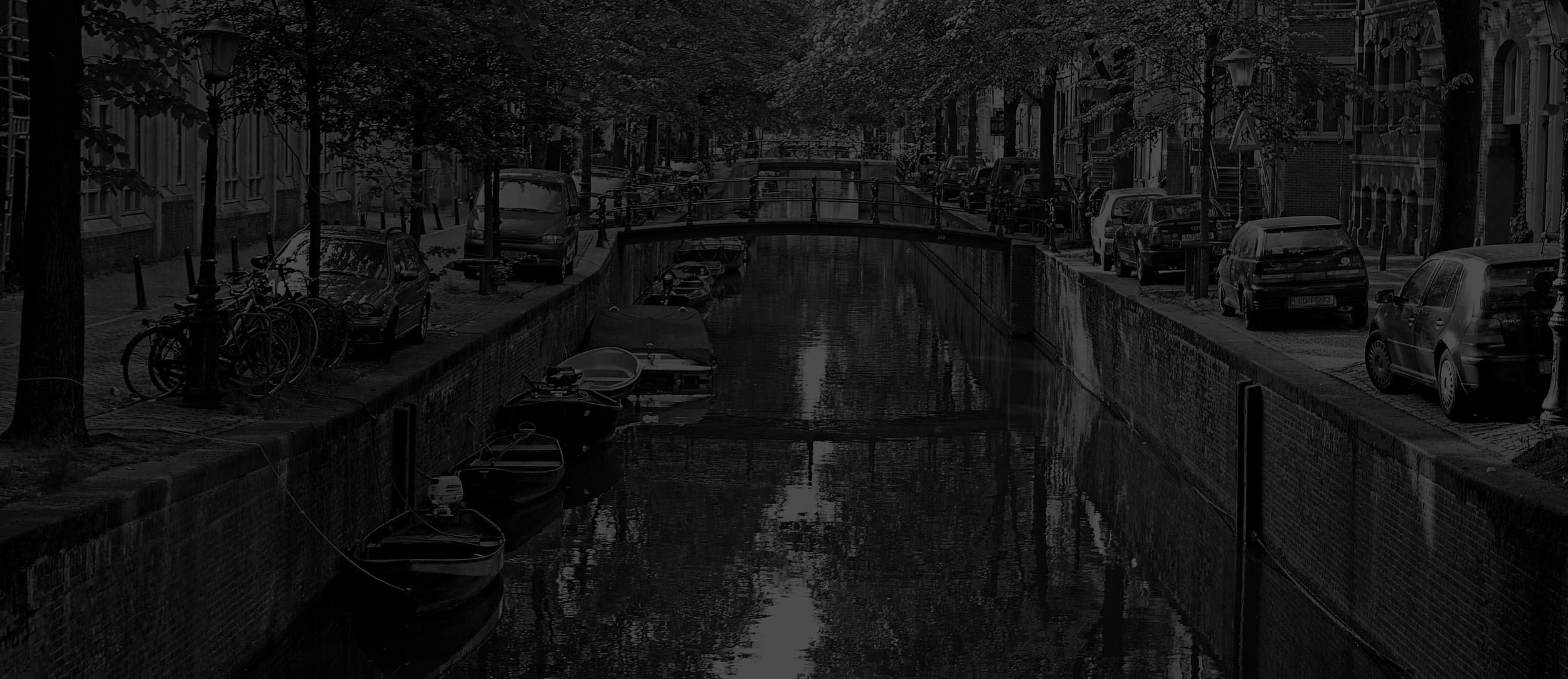The demonstration is, owned by Berliner Bau- und Wohningsgenossenschaft von 1892 EG, are 164 dwellings over 6 buildings in the centre of Berlin. The dwellings, from 1956 and the late 1970s, are 1-3 bedrooms apartments and comprise of 11.000 square meters of living space. The renovation project includes a combination of renovation and new building. The renovation uses a target approach which does not cover facades, but does include window renewal. Innovative technologies are included in lighting, PV and energy storage; the building will have a micro grid.
1892 wants to experience with a balanced renovation approach. This mainly includes getting a better understanding of ICT, better understanding the trade-off between traditional and novel solutions (replacing facade-renovation with adding PV), and especially with social innovation. This latter elements focuses on increased tenants participation in decision-making and use of ICT application to engage tenants.
The project aims to minimise power consumption through optimisation of selected passive systems, with and electricity production from renewable sources (photo-voltaic) and storage.
1) The optimization of windows to increase comfort and reduce energy consumption for heating
2) Electricity production from renewable sources (photovoltaic panels on the roof – only for common parts).
3) Inclusion of batter storage (Tesla PowerWall) for optimal community use of generated energy




